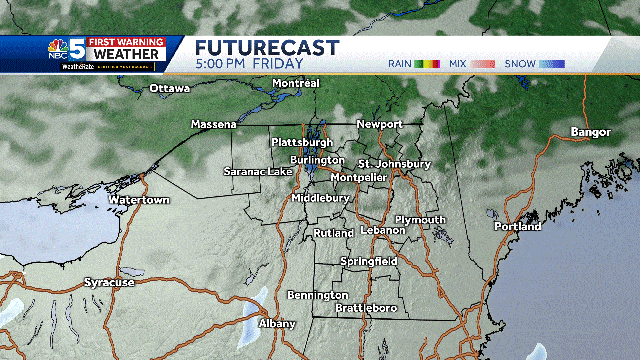URBANA, Ill. – For a child, a dandelion is a magical thing. It is one of the first plants we learn to recognize. Bright yellow flowers make cheerful bouquets, necklaces and wreaths. The white fluffy seed heads become wishes when we close our eyes and blow.
Adults, especially home gardeners who strive for a perfectly manicured lawn, tend to be less fond of this cool-season, non-native, deep-rooted perennial.
“Believe it or not, dandelion seeds are available for purchase from garden seed catalog companies,†said Jennifer Fishburn, horticultural educator at the University of Illinois Extension.
The common dandelion, Taraxacum officinale, is easily recognized by a basal rosette of deeply indented leaves, a long taproot, and a hollow stem that supports yellow flowers.
The yellow flower is actually a compound of several flowers, each capable of producing a brown parachute-like seed that can be carried aloft for several miles by the wind. The stem can support up to 100 to 300 flowers.
Fishburn said there are a few potential reasons gardeners may want to grow dandelions. Pollinating insects will visit dandelion flowers to collect pollen and nectar.
While dandelions may not have the most nutritious pollen, they can still be an important food source when there aren’t many other flowers available. Dandelions will bloom throughout the year but mostly appear in early spring or late fall.
They also have several culinary uses. Most recipes use the leaves, which have a slightly bitter taste. The tender leaves, harvested in the spring before the plants flower, can be eaten raw, while the older leaves are cooked.
Use the leaves in salads, soups, as cooked vegetables and in potato salads. The flowers can be made into wine or jelly.
If you’re not a fan of dandelions, it is possible to get rid of them, but making sure they don’t come back takes some effort. Dandelions prefer to grow in a humid, sunny location, but will also grow in shade. If the soil is wet, a small dandelion can be successfully removed by hand.
“The wet conditions make the job easier,†said Fishburn. “But even with moist soil, it’s difficult to pull a dandelion out and remove all of the taproot.”
A dandelion can have a 6 to 18 inch taproot. Leaving behind even a 1-inch section can result in a new plant.
A well-maintained, healthy and dense sod stand is the best defense against weed infestation. If necessary, Fishburn suggests a spot treatment in early fall with post-emergence herbicides.
“This is when the dandelion plant takes food from the leaves and stores it in the roots,†Fishburn said. “When using herbicides, always read and follow label directions carefully. “
 Xoven Agricultor
Xoven Agricultor



